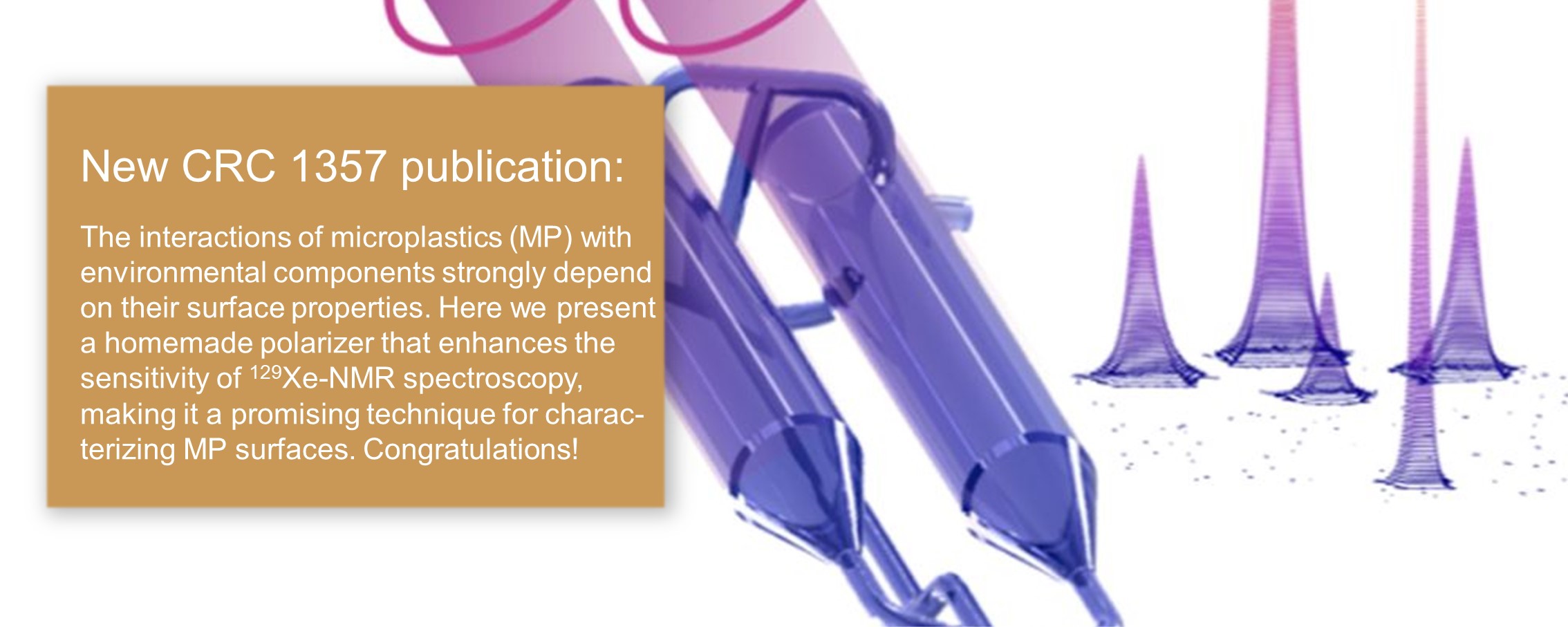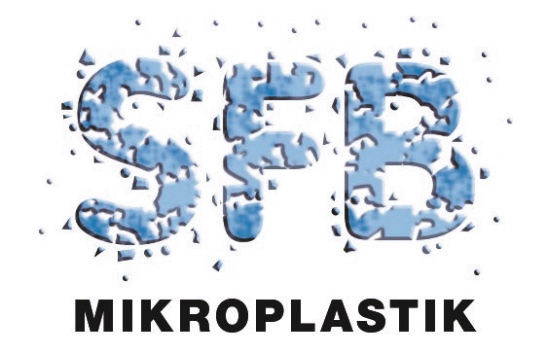News
New CRC 1357 Publication: Stäglich (2022) - Portable Hyperpolarized Xe-129 Apparatus with Long-Time Stable Polarization Mediated by Adaptable Rb Vapor Density
14.04.2022

congratulation to the B01 Team & colleagues: Robert Stäglich; Tobias W. Kemnitzer; Marie C. Harder; Adrian Schmutzler; Marcel Meinhart; Caroline D. Keenan; Ernst A. Rössler; Jürgen Senker on their new research article in The Journal of Physical Chemistry A:
"Portable Hyperpolarized Xe-129 Apparatus with Long-Time Stable Polarization Mediated by Adaptable Rb Vapor Density"
DOI: https://doi.org/10.1021/acs.jpca.2c00891
Abstract: The extraordinary sensitivity of 129Xe, hyperpolarized by spin-exchange optical pumping, is essential for magnetic resonance imaging and spectroscopy in life and materials sciences. However, fluctuations of the polarization over time still limit the reproducibility and quantification with which the interconnectivity of pore spaces can be analyzed. Here, we present a polarizer that not only produces a continuous stream of hyperpolarized 129Xe but also maintains stable polarization levels on the order of hours, independent of gas flow rates. The polarizer features excellent magnetization production rates of about 70 mL/h and 129Xe polarization values on the order of 40% at moderate system pressures. Key design features include a vertically oriented, large-capacity two-bodied pumping cell and a separate Rb presaturation chamber having its own temperature control, independent of the main pumping cell oven. The separate presaturation chamber allows for precise control of the Rb vapor density by restricting the Rb load and varying the temperature. The polarizer is both compact and transportable─making it easily storable─and adaptable for use in various sample environments. Time-evolved two-dimensional (2D) exchange spectra of 129Xe absorbed in the microporous metal–organic framework CAU-1-AmMe are presented to highlight the quantitative nature of the device.

